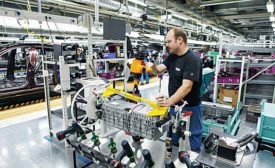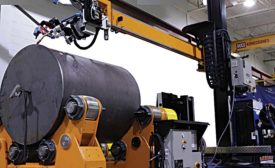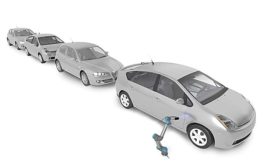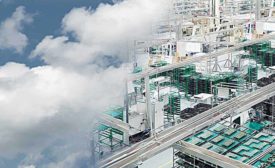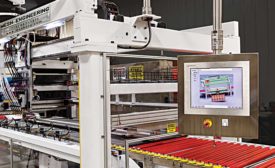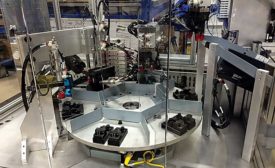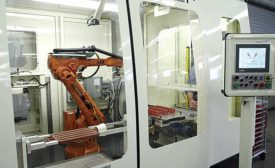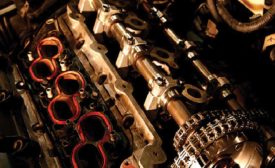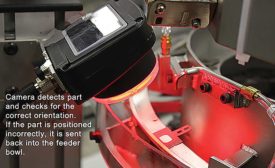Home » factory automation
Articles Tagged with ''factory automation''
With the economy firing on all cylinders, our annual Capital Equipment Spending Survey predicts continued growth in investment.
Read More
3D Sensors and Mixed-Model Assembly
Robots and 3D smart sensors are enabling automated mixed-model assembly across a wide range of industries.
November 13, 2017
Manufacturing Execution Systems Meet the Cloud
MES are essential to digital production initiatives.
November 9, 2017
Uncovering Hidden Capacity Using OEE
By monitoring OEE, assemblers can reduce process variability, changeover times, overtime expenditures and capital investments.
October 20, 2017
Never miss the latest news and trends driving the manufacturing industry
Stay in the know on the latest assembly trends.
JOIN TODAY!Copyright ©2024. All Rights Reserved BNP Media.
Design, CMS, Hosting & Web Development :: ePublishing
